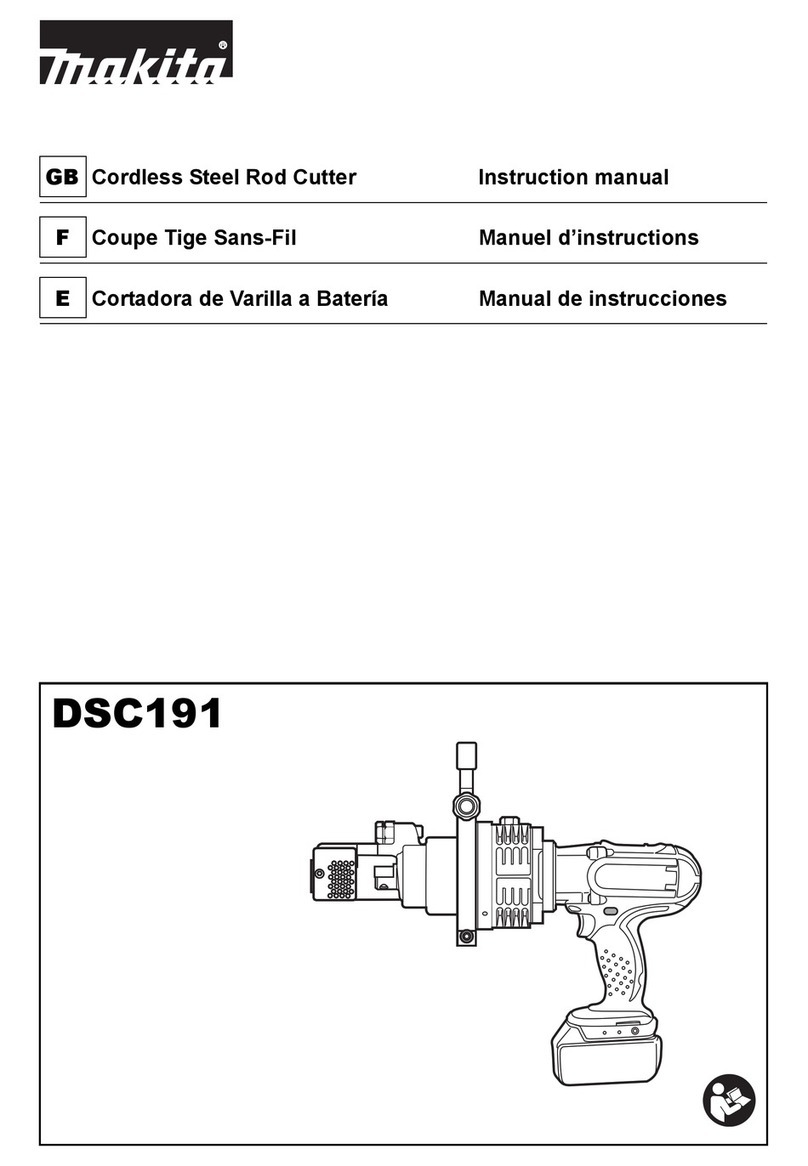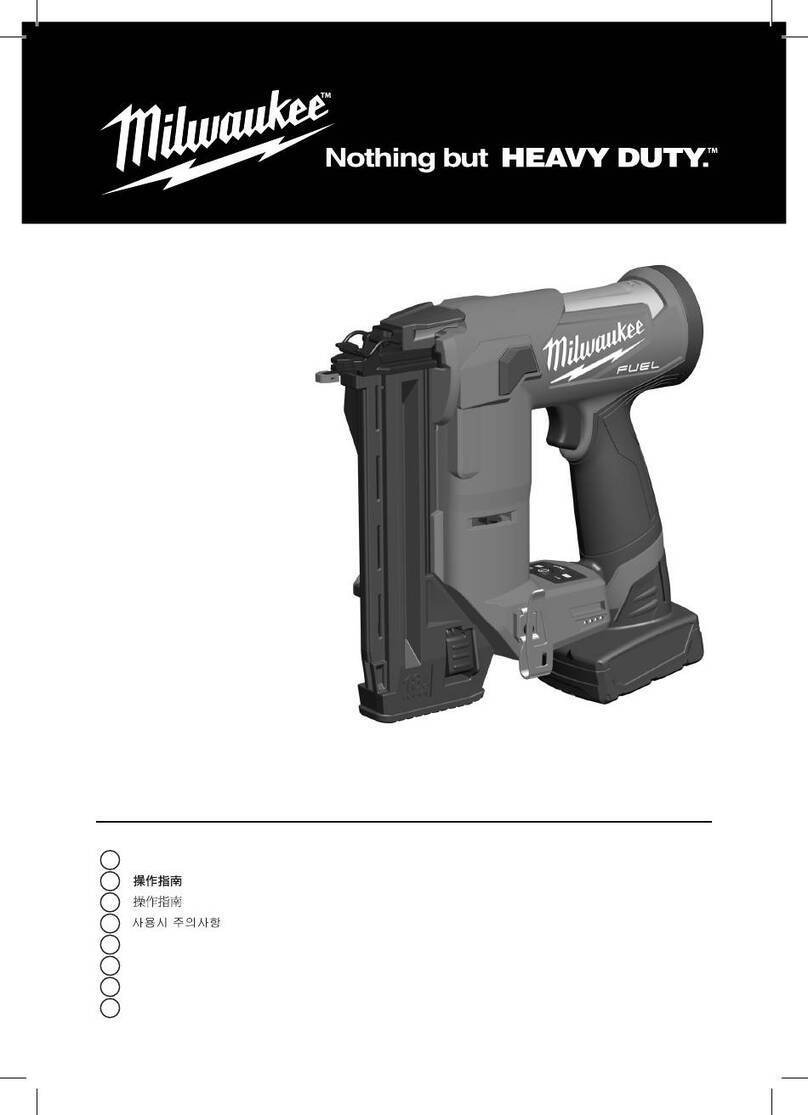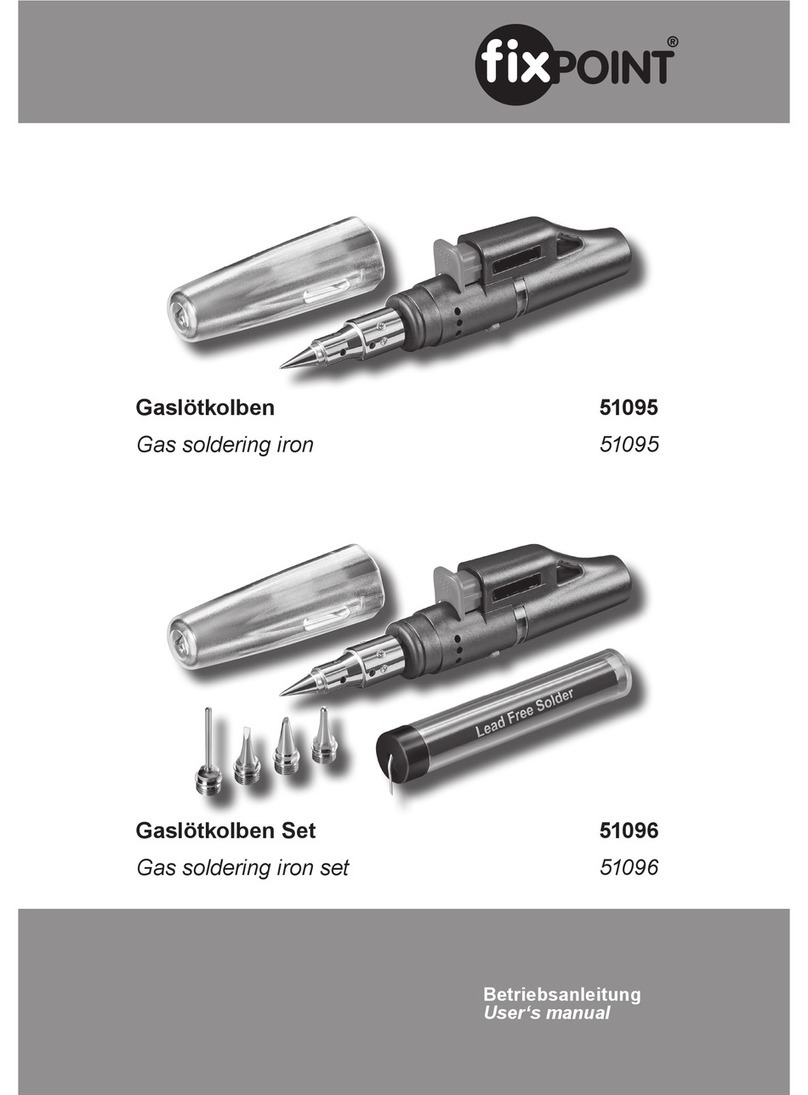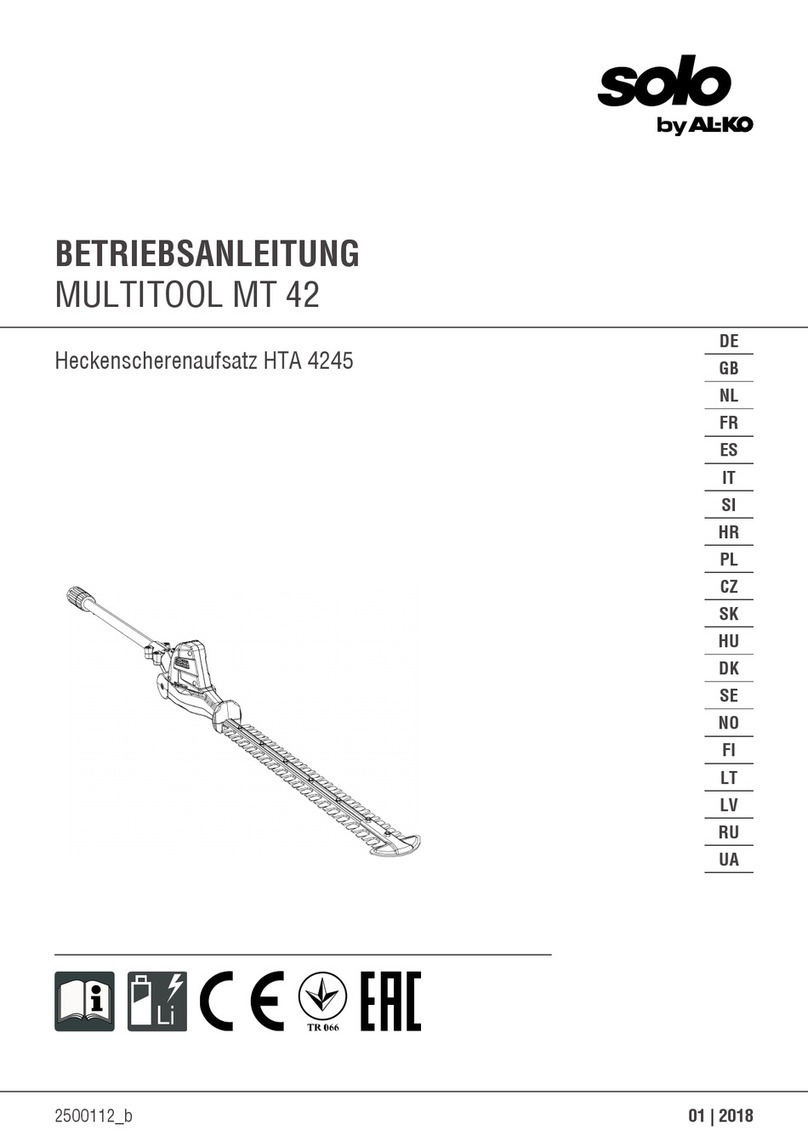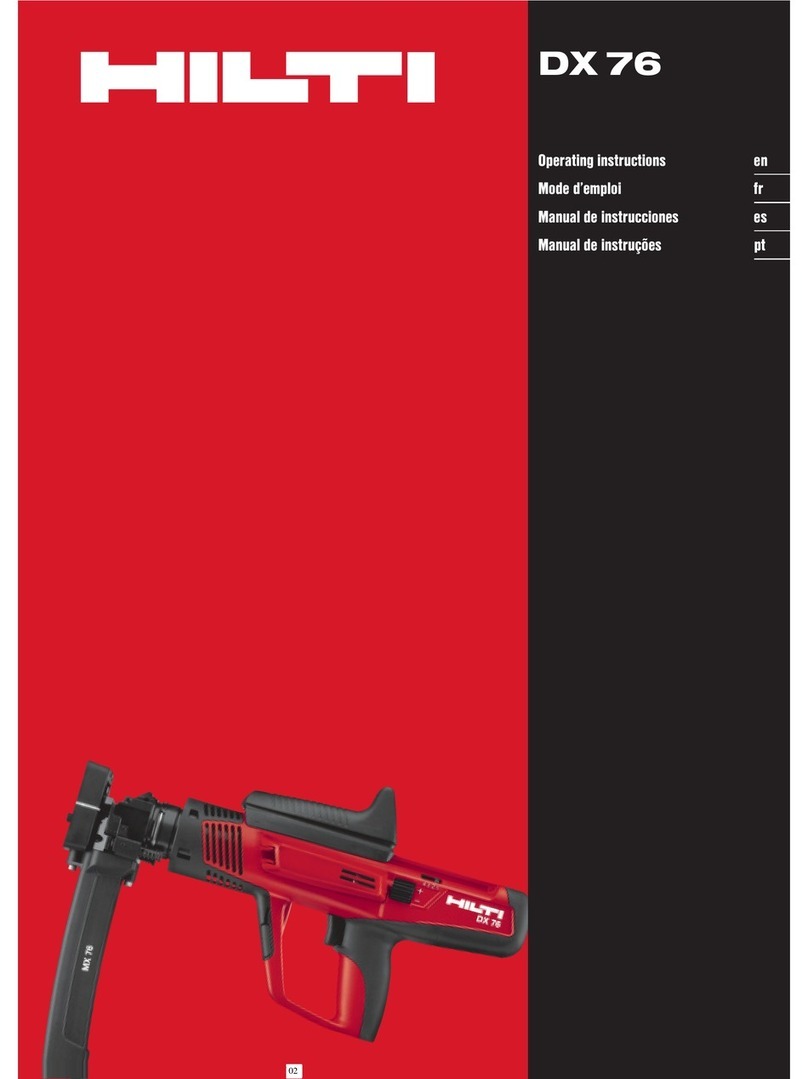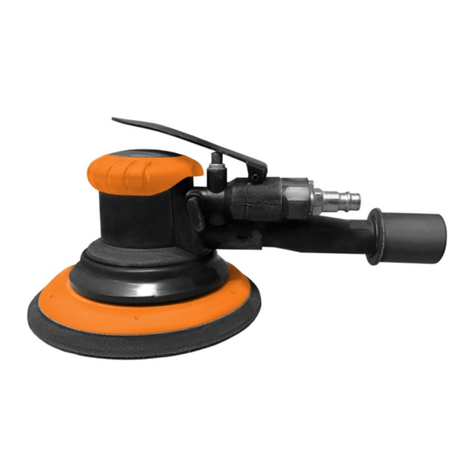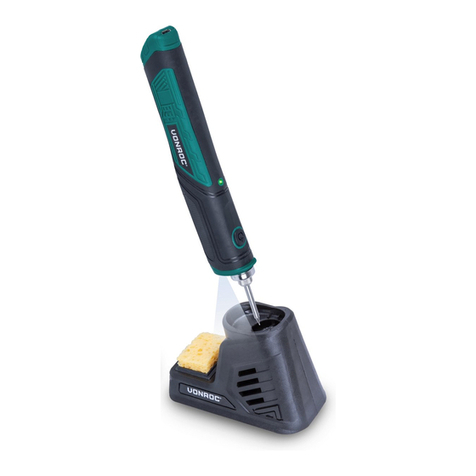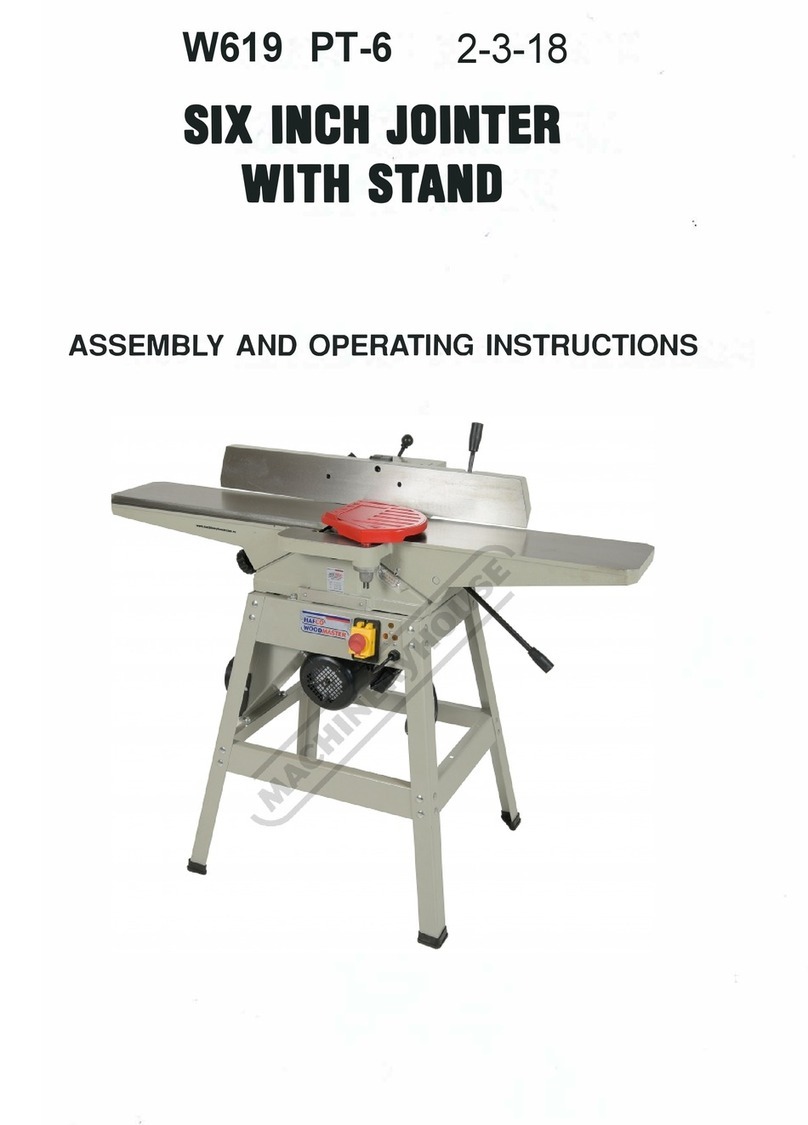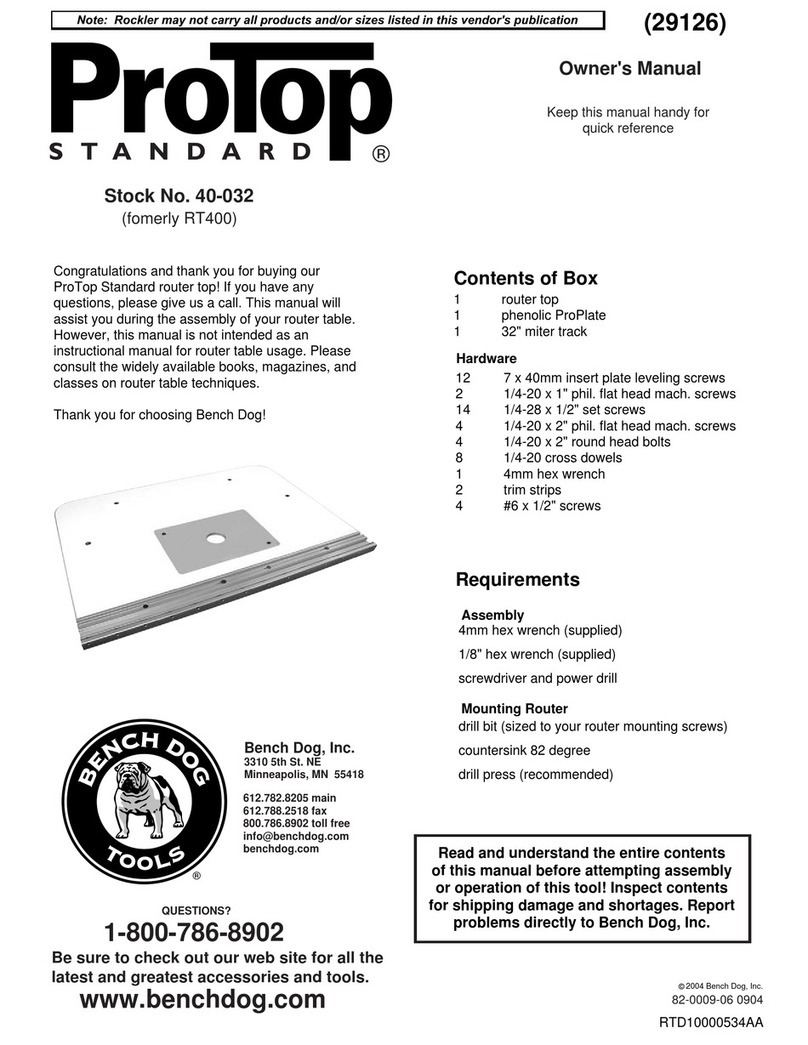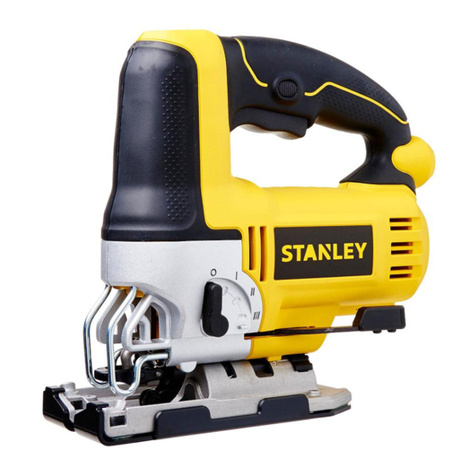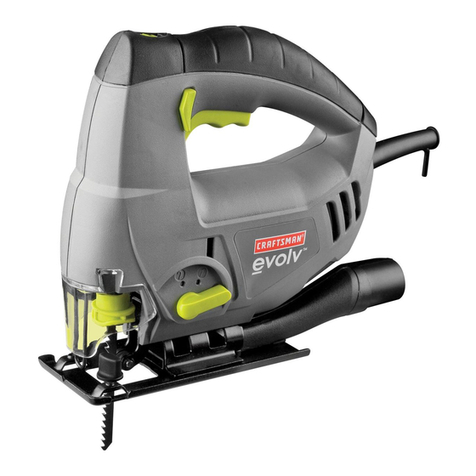Everet EE-NI135P User manual


1
Single Tyre application&N2P
Feature Nitrogen Tyre Inflation
System Main Features:
■ Without pumping the air from the tyre by the internal vacuum generator
■ Converts the tyre to Nitrogen at the touch of a button
■ Nitrogen Purge(N2P) feature, Replaces the Air in tyre with Nitrogen
automatically, without lifing the vehicle
■ Auto-start Inflation
■ Fully Automated, fully programmable, micro-processor controlled
conversion system
■ Self-diagnostic features
■ Over Pressure Setting (OPS)
■ Single Tyre Application
■ Suit for: Motorcycle, Car, Light Truck

2
Single Tyre application&N2P
Feature Nitrogen Tyre Inflation
System Operation Steps:
■ Using 1Nos*10m/32.8ft standard Hose with single clip-on
open type Chuck for TOP-OFF
1. Set final target pressure using the + and - buttons. The LCD screen will
show the target pressure.
2. Connect air hose to tire valve stem.
3. Push the “FILL/PURGE” button once.
4. When unit “beeps” and the LCD screen flashes the target pressure,
tire inflation is complete.
5. Immediately remove hose.

3
■ Using 1Nos*10m/32.8ft standard Hose with single
clip-on open type Chuck for NITROGEN CONVERSION
1. Remove the tyre valve core, exhaust the tyre pressure to about
0.3bar/4psi, then refit the tyre valve core.
Also, the user can bypass the above but to proceed to step 2-6 below.
With the above operation, since the user removed the valve core
manually, so the exhaust time to 0.3bar/4psi will be shorter.
If the user bypass the valve core removeable process, as the valve
core still keep on the tyre, the exhaust operation to 0.3bar/4psi is
finished by the nitrogen tyre inflator automatically, so it will need a
long time.
2. Set final target pressure using the + and - buttons. The LCD screen will
show the target pressure.
3. Connect air hose to tire valve stem.
4. Push and hold the “FILL/PURGE” button for 2 seconds until the LCD
screen shows “N2P”.
5. When unit “beeps” and the LCD screen flashes the target pressure,
tire inflation is complete.
6. Immediately remove hose.

4
■ Using 1Nos*10m/32.8ft Hose with single clip-on open
type Core retracting Tool for TOP-OFF and NITROGEN
CONVERSION
Model: A-1050
10m/32.8ft Hose with single clip-on open type Core retracting Tool
-Supplied separately:
(Could save 40% Air deflation time than using standard hose with single
clip-on open type chuck)
1. Remove the tyre valve core using the open type core retracting tool.
2 .Set final target pressure using the + and - buttons. The LCD screen will
show the target pressure.
3. Connect air hose to tire valve stem.
4. FOR TOP-OFF ONLY: Push the “FILL/PURGE” button once.
5. FOR NITROGEN CONVERSION: Push and hold the “FILL/PURGE”
button for 2 seconds until the LCD screen shows “N2P”.
6. When unit “beeps” and the LCD screen flashes the target pressure,
tire inflation is complete.

5
1.0 Introduction
1.1 This Manual
Congratulations on selecting the nitrogen tire inflation equipment. Please read and
familiarize yourself with this manual before attempting to use this unit. Although this
unit is very simple to operate, the user will be working with high-pressure gas that
must be handled with caution. Compressed gas, if handled improperly, can result in
serious or fatal injury.
1.2 General Specifications *
Power Requirement 100-240Vac 50/60Hz
Operating Temperature -4°F to 158°F
Compressed Air Input Range 87-123psi/600-850kPa/6-8.5bar
Compressed Air Quality 0.01ppm
Recommended Inlet Supply Pressure 44 psi, 300kPa or 3 bar, above the
maximum set pressure of the unit.
Nitrogen Purity 95-99+%
Nitrogen Output 50L/min (1.8cfm)
@ 116psi absorption pressure, 80°F
Maximum Nitrogen Pressure in Tank 109psi/750kPa/7.5bar
Operating Range 5-90psi/35-620kPa/0.3-6.2bar
Accuracy +/-1 psi, 7 kPa, 0.07 bar
Display Increments 1 psi, 5 kPa, 0.1 bar
Units of Measurement psi, kPa, bar
*Note: Specifications may vary for non-standard equipment. Contact your service
agent for further information.
1.3 Safety
General
The unit has standard process plant components and electrical equipment, which can
be hazardous to individuals unfamiliar with such equipment. It is the users’
responsibility to permit only trained and qualified process plant operators familiar with
the handling of compressed gases to operate this equipment.
Breathing
This unit is designed to produce high purity nitrogen from 95 – 99% purity. Nitrogen is
a colorless, odorless gas that will not support life. If released in an unventilated area, it
will displace the oxygen and can cause injury or death from asphyxiation.
CAUTION: Nitrogen gas represents an extreme asphyxiation hazard

6
when not handled properly. Product gas should not be vented or
otherwise discharged except through the normal piping system.
Appropriate signs should be placed in the area of the nitrogen system
warning of the hazards.
2.0 Assembly
1. Unpack the carton and identify the components.
Description Quantity
Generator Unit 1
System Pressure Gauge 1
Tire Fill Hoses with Chucks 1
Hose/Cord Storage Hook 1
2. Install the 5 provided Hose/Cord Storage Hooks onto the Unit with the screws
provided.
3. Connect a compressed air supply to the Air Inlet located on the Pre-Filter. This Inlet
accommodates any ¼” nipple or air line fitting.
4. Connect the four Tire Fill Hoses to four of the outlet couplings located on the Unit.
5. Place the four Tire Fill Hoses on the Hose Storage Hooks.
Air Supply Caution
Compressed air should be supplied to the unit with the air dried to a dew point
temperature lower than the expected minimum ambient temperature. Typical dew
point from a properly sized refrigerated air dryer is sufficient (+40°F, 4°C). No water in
liquid form should be present. Inlet air pressure must be less than 123 PSI.
3.0 Preparation for Use
1. Plug unit power cord into power source.
2. Connect a compressed air supply line to the inlet located on the Pre-Filter.
3. Turn the unit on by depressing the Power Switch. The Unit will immediately begin to
produce nitrogen. The nitrogen pressure gauge located on the Unit above the
Pre-Filter assembly will indicate the nitrogen pressure in the system .
4. The Unit is ready for use when the nitrogen pressure gauge indicates a pressure of
72 psi or greater.

7
5. Press and hold the "ON" or ( ) button on the inflator panel to power up the LCD
screen. The equipment is now ready to use.
WARNING
To avoid the risk of personal injury, especially to the eyes, face and skin, DO NOT
direct the air stream at any person(s).
CAUTION
To avoid equipment damage, never exceed the maximum inlet pressure.
NOTE:
The filter bowls on the Pre-Filter assembly will accumulate water and oil when the
generator is in operation.
The water will be drained when you pulled out the inlet air pipe or turned off the red
air inlet valve when the machine is power on.
It is important that the filter elements are replaced on a regular basis (at least
every 6 months) to prevent contaminates from entering the Unit.
4.0 Control Panel
4.1 Switch and Control Functions
1. "-": Reduce final target pressure
2. "+": Increase final target pressure
3. "ON" or ( ): Power on LCD screen
4. "STOP": Stop inflation/deflation process
5. "SET/MODE" or (i):
Set Over Pressure (OPS), Purge cycle (N2P), DPS and other modes

8
6. Power Switch: Turns unit on and off
7. "FILL/PURGE" or ( ):
Inflation/Deflation start (Save OPS, N2P and other settings, exit)
8. N2 Purity Test Port
9. Power Cord
10. Outlet: For tire fill hose
11. Compressed Air Inlet
12. Inlet Air Pre-Filter
13. Inlet Air Pre-Filter
14. Regulator: Adjust the compressed air input pressure
15. System Pressure Gauge: Indicates inlet air pressure
16. Nitrogen Pressure Gauge: Indicates system nitrogen pressure
17. N2 Outlet: To your tire inflation gun
4.2 Auto-Off Power Save
The inflator and LCD screen are programmed to switch off when unit is unused for 10
minutes. To restart inflator, press the "ON" or ( ) button.
5.0 Operation
Over Pressure Setting (OPS)
The OPS function momentarily "over-inflates" the serviced tires beyond the final target
pressure, by the amount set, and then deflates the tires to the final target pressure.
For example, with a final target pressure of 35 psi and an "OPS" setting of 10 psi,
when the "FILL/PURGE" or ( ) button is engaged to perform a "Top-Off," inflation
will commence and the display will flash the total sum pressure of 45 (35 psi target
pressure plus 10 psi OPS), then revert to displaying the actual tire pressure. The tire(s)
will inflate to the sum pressure of 45, the unit will beep twice, and then deflate to the
final target pressure of 35 psi.
To set the OPS value, press the "SET/MODE" or (i) button. The LCD display will
flash “OPS” and the current set value alternately. To change the OPS setting, press
the "+" or "-" buttons. Save your selection by pressing the "FILL/PURGE" or ( )
button. The OPS setting can be changed again whenever required.
To inflate without OPS, set the OPS value to zero.

9
To prevent the accidental use of OPS function, the OPS reverts back to its default
setting of zero each time the inflator is powered down.
WARNING
When using the OPS function, the sum pressure must not exceed the tire
manufacturer's maximum inflation pressure.
Nitrogen Purge Setting (N2P)
"N2P" represents the number of "purge" cycles, inflation and deflation of the tires, the
inflator will perform. To set the number of purge cycles, or N2P, press the
"SET/MODE" button. The display will flash “OPS” and the OPS set value alternately.
Press the "SET/MODE" or (i) button again and the display will flash “N2P” and the
N2P set value alternately. To change the N2P, press the "+" or "-" buttons. Save your
selection by pressing the "FILL/PURGE" or ( ) button. The N2P setting can be
changed again when required. N2P is preset to '"2" and can be set per above from "0"
to"9" purges.
Deflation Value Setting (DPS)
"DPS" represents the deflation value, or the value to which the tires will deflate, during
the first deflation cycle when the unit is in the "N2P" mode. DPS is preset, and defaults
upon power up, to 5 psi but is adjustable from 4 psi to 50% of the target pressure. All
subsequent deflation cycles, from the second deflation on, if more than one N2P
cycles are selected, will deflate the tires to 25% of the target pressure. This "multiple
deflation" value is not adjustable.
For example, DPS is preset to 5 psi, if it is not changed, and the unit is set to N2P
"1," upon activation the tire will deflate to 5 psi and re-inflate to the target pressure. If 2
N2P cycles are chosen, and DPS remains at 5, the tire will deflate to 5 psi, re-inflate to
the target pressure, deflate to 25% of the target pressure and finally re-inflate to the
target pressure. If DPS "6" is chosen, the tire will deflate to 6 psi on the initial deflation,
and deflate to 25% of the target pressure on any subsequent deflation cycles.
Hence, if a final target pressure of 32, an N2P setting of "2," and a DPS of 5 are
chosen, the tire will deflate to 5 psi, re-inflate to 32 psi, deflate to 8 psi (25% of 32 psi)
and finally re-inflate to 32 psi.
To set DPS, press the "SET/MODE" or (i) button. The display will flash “OPS” and the
OPS set value alternately. Press the "SET/MODE" or (i) button again and the display
will flash “N2P” and the N2P set value alternately. Press the "SET/MODE" or (i)

10
button a third time and the display will flash “DPS” and the DPS set value alternately.
Press the "+" or "-" buttons to change the DPS setting. Save your selection by pressing
the "FILL/PURGE" or ( ) button. The DPS setting can be changed again when
required. DPS is preset to 5 and ranges from 4 psi to 50% of the target pressure.
Auto-Start
The Auto-Start feature allows the inflation/deflation of tires to a preset target pressure
without having to press any buttons to start the process. When both "OPS" and "N2P"
are set at "0" , and the tire being serviced contain more than 5 psi, the serviced tire will
immediately begin to inflate/deflate to the target pressure upon connecting the tire fill
hose.
To permit the selective use of the "FILL/PURGE" or ( ) button, the automatic
start is disabled when the N2P or OPS settings are greater than zero.
5.1 Converting Tire to NITROGEN
1. Set the final target pressure, OPS, N2P and DPS settings.
For basic conversions OPS, N2P and DPS should be set at their "default" values
which are:
OPS: 0
N2P: 2
DPS: 5
2. Connect the tire fill hose to the tire valve stem.
3. Press and hold the "FILL/PURGE" or ( ) button for 2 seconds, Release the
"FILL/PURGE" or ( ) button only when "N2P" appears on the LCD display
screen.
4. When the cycle is completed, the unit will "beep" and the target pressure will flash
on the LCD screen.
5. Immediately disconnect the tire fill hose.
5.2 Topping-Off Tire with NITROGEN
1. Set the final target pressure.

11
2. When merely adjusting tire pressure (performing a "Top-Off), it is not necessary to
adjust the N2P or DPS settings. The OPS setting, however, should be at "0."
3. Connect the tire fill hose to the tire valve stem.
4. Press the "FILL/PURGE" or ( ) button momentarily (for less than 1 second).
The unit will inflate or deflate the tire(s) to the target pressure.
If OPS and N2P are set to zero, and the pressure in the tire is greater than 5 psi, it is
not necessary to press the "FILL/PURGE" or ( ) button, as the "Auto Start"
feature will automatically begin to inflate or deflate the tires to the target pressure.
5. When the top-off cycle is completed, the unit will "beep" and the target pressure will
flash on the LCD screen.
6. Immediately disconnect the tire fill hose.
6.0 Troubleshooting
PROBLEM POSSIBLE CAUSE SOLUTION
No display. No power supply Check power supply
The unit deflates very slowly. The deflate tubing is blocked Remove and clean the plug.
The unit inflates very slowly. Low or nil supply pressure. Check the supply pressure.
The unit no longer beeps. The beeper is damaged. Replace the beeper.
ERROR CODES
ER1 Faulty PCB. Replace PCB.
ER2 Faulty hose connector. Replace the hose connector.
ER3 Low or nil supply pressure. Check the supply pressure.
ER4 Calibration Error Disconnect hose from tire.
ER5 Low battery or faulty adapter . Recharge battery or replace adapter .
ER6 Faulty pressure sensor or PCB . Replace the sensor or PCB.

12
ER7 Tire pressure is Error. Replace the valve or PCB.
ER9 Calibration Error Replace the pressure sensor.
7.0 Wiring Diagram
7.1 Item Code and Description:

13
8.0 Maintenance
8.1 Routine Maintenance
Change Filter Elements (Minimally every 6 months)
Caution: Perform Element changes only when system is depressurized.
1. Unscrew/detach the filter housing from the filter head and drain off any oil in the
housing into a suitable container.
2. Remove and discard the used element. Replace the element with a new one of the
appropriate grade.

14
3. Screw/reattach the filter housing back onto the filter head. Do not over tighten.
Housing is sealed with an o-ring, so gently hand-tighten.
4. Repeat this process for both filters.
8.2 Routine Maintenance Schedule
Daily
1. Check for air and nitrogen leaks. Tighten or re-tape fittings as necessary.
2. Check that the inlet pressure is within recommended operating range.
Weekly
Clean unit as necessary.
Every Six Months
Replace filter elements.
Table of contents
